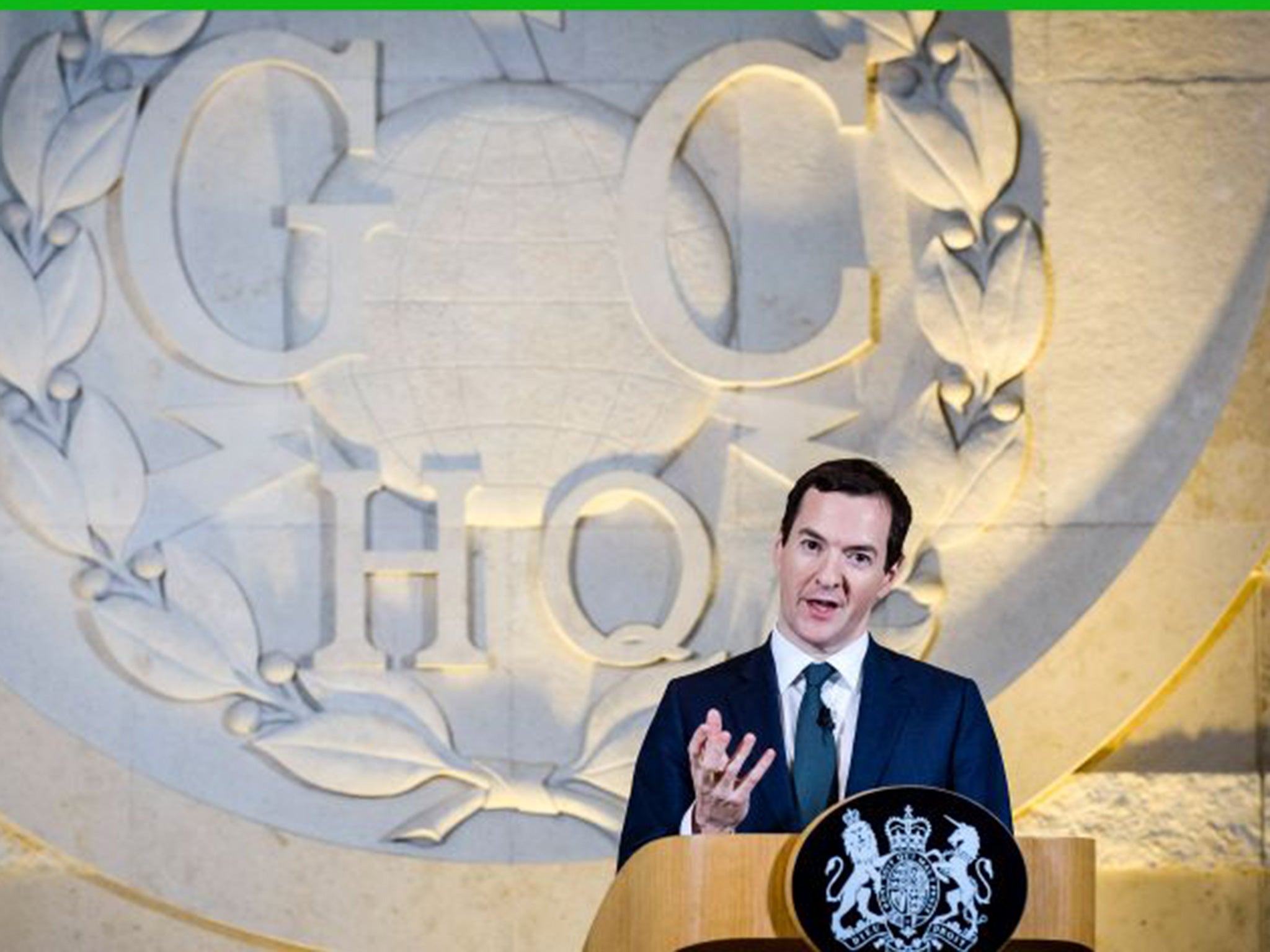‘Terrible’ public finance figures heap pressure on Chancellor
Huge October borrowing overshoot reduces Osborne’s room for manoeuvre

The weakest set of October public finance figures for six years has given George Osborne a serious headache ahead of next week’s Autumn Statement.
The borrowing figures for last month came in well above expectations, meaning the Chancellor is likely to fall short of his budget deficit reduction target set by the Office for Budget Responsibility only in July.
Borrowing shot up to £8.2bn for the month – £1.1bn higher than the same month last year.
Most City experts had pencilled in a £1.1bn fall to £6bn. The last time the Government borrowed more in an October was in 2009, when the deficit for the month was £9.6bn and the economy was still mired in recession.
The figures are the latest in a run of disappointments in the monthly public finances. In the seven months of the financial year so far, cumulative borrowing is £54.3bn.
Although 10.9 per cent below last year, it means the Chancellor needs a minor miracle to hit the Office for Budget Responsibility’s £69.5bn deficit target for the full year.
Analysts said it was likely the OBR would revise up its full-year 2015-16 deficit forecast next month and that the deterioration would make the Chancellor’s job of mitigating his controversial tax credit cuts more difficult.
“A critical question will be to what extent the OBR believes that this has implications for the fiscal targets further out,” said Howard Archer of IHS Global Insight.
Samuel Tombs, chief UK economist at Pantheon Macroeconomics, said the deficit could hit £80bn this year, adding that the “terrible borrowing figures provide a grim backdrop to the Autumn Statement”.
He said: “Barring revisions, borrowing would have to be an implausible 48 per cent lower year-over-year in the second half of this fiscal year for the official forecast to be met.”
The disappointing public finance figures mean that there will be no upside fiscal surprises that Mr Osborne can use to reduce the severity of his welfare cuts. To ease the squeeze on tax credit recipients and still hit his target of running a surplus in 2019-20 Mr Osborne would need to cut spending more in other areas.
The Office for National Statistics put the rise almost entirely down to a £2.9bn rise in Government borrowing over the month. On the tax side, VAT receipts were up only 2 per cent in the month on a year earlier and income tax and capital gains eked out only 1.4 per cent growth. Corporation tax receipts were £7.3bn, 1.1 per cent lower.
A Treasury spokesperson argued the figures underlined the need to cut back public spending drastically in next week’s Autumn Statement. “In recent weeks we’ve had good news showing our plan is working – real median wages are growing at their fastest in a decade, employment is at an all-time high and our economy is growing strongly. But as today’s public sector finance figures show the job is not yet done and Government borrowing remains too high” they said.
The Office for National Statistics reported that the stock of public sector debt rose to £1,526.8bn in the month, equivalent to 80.5 per cent of GDP.
Subscribe to Independent Premium to bookmark this article
Want to bookmark your favourite articles and stories to read or reference later? Start your Independent Premium subscription today.

Join our commenting forum
Join thought-provoking conversations, follow other Independent readers and see their replies